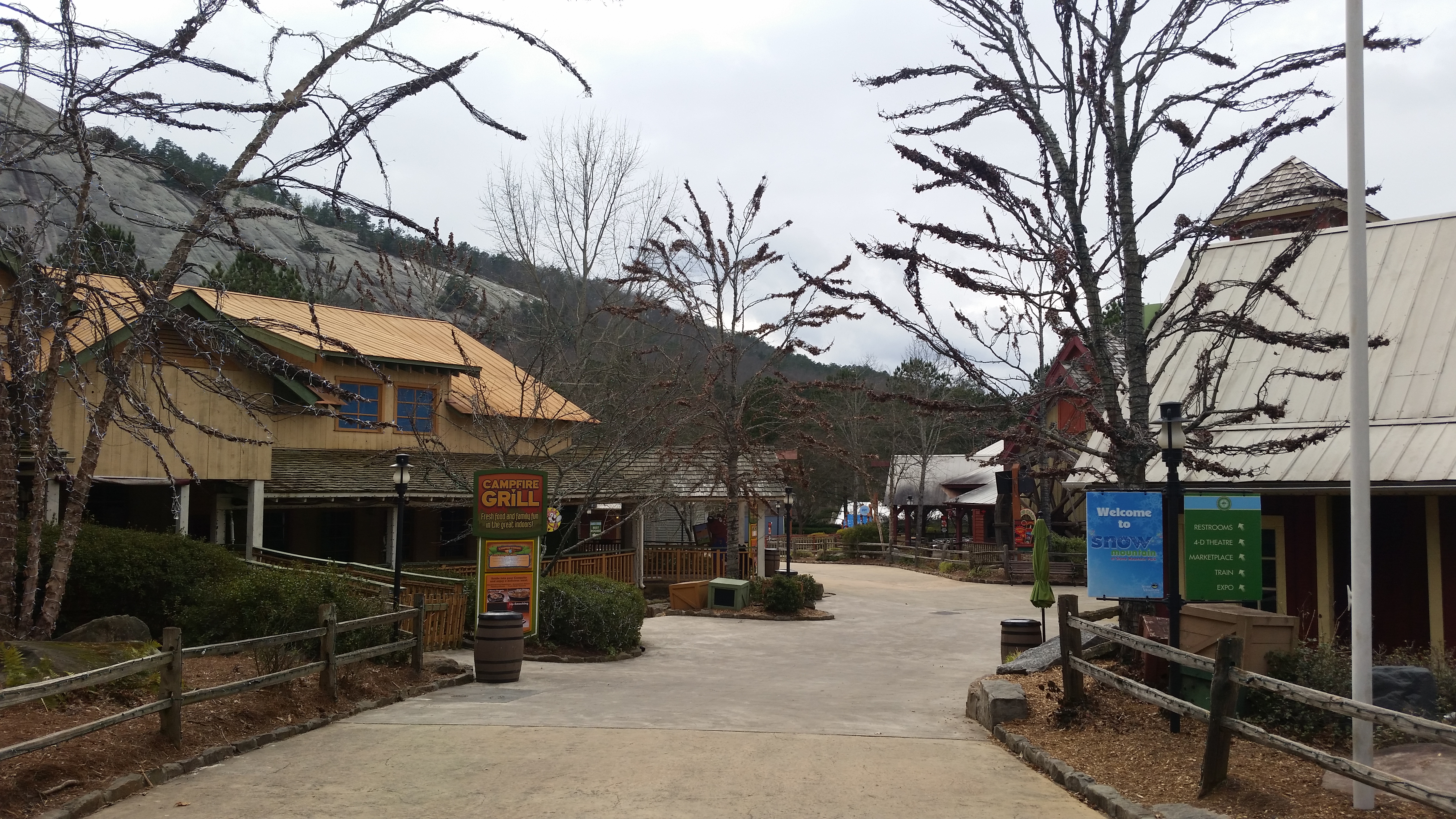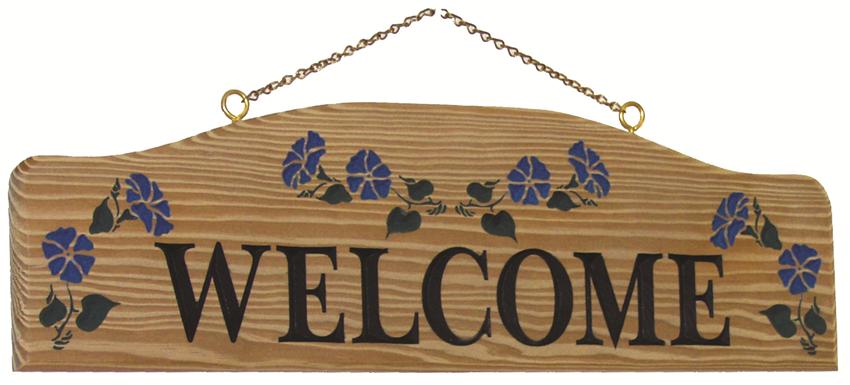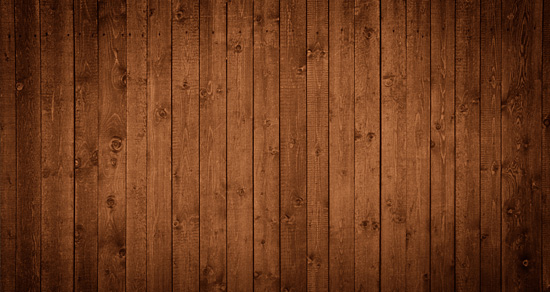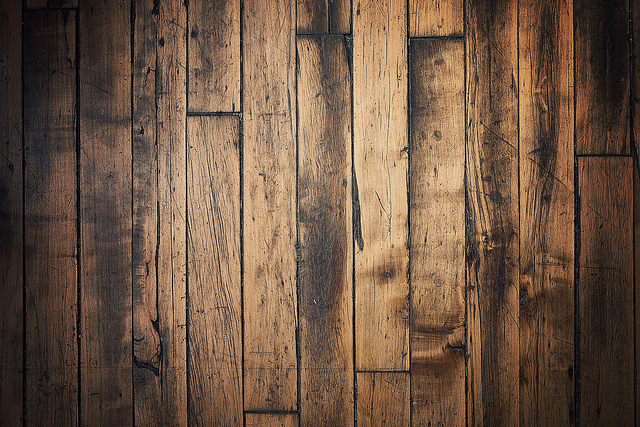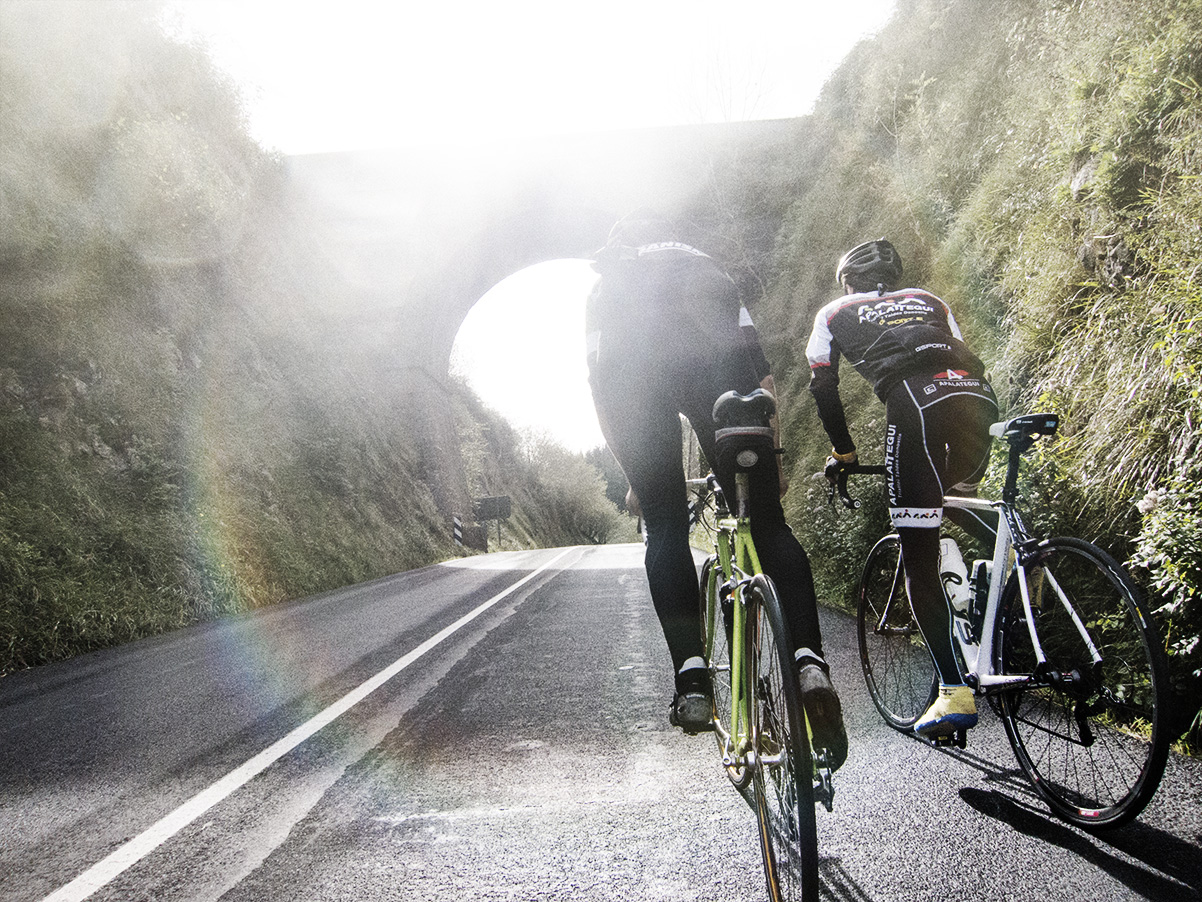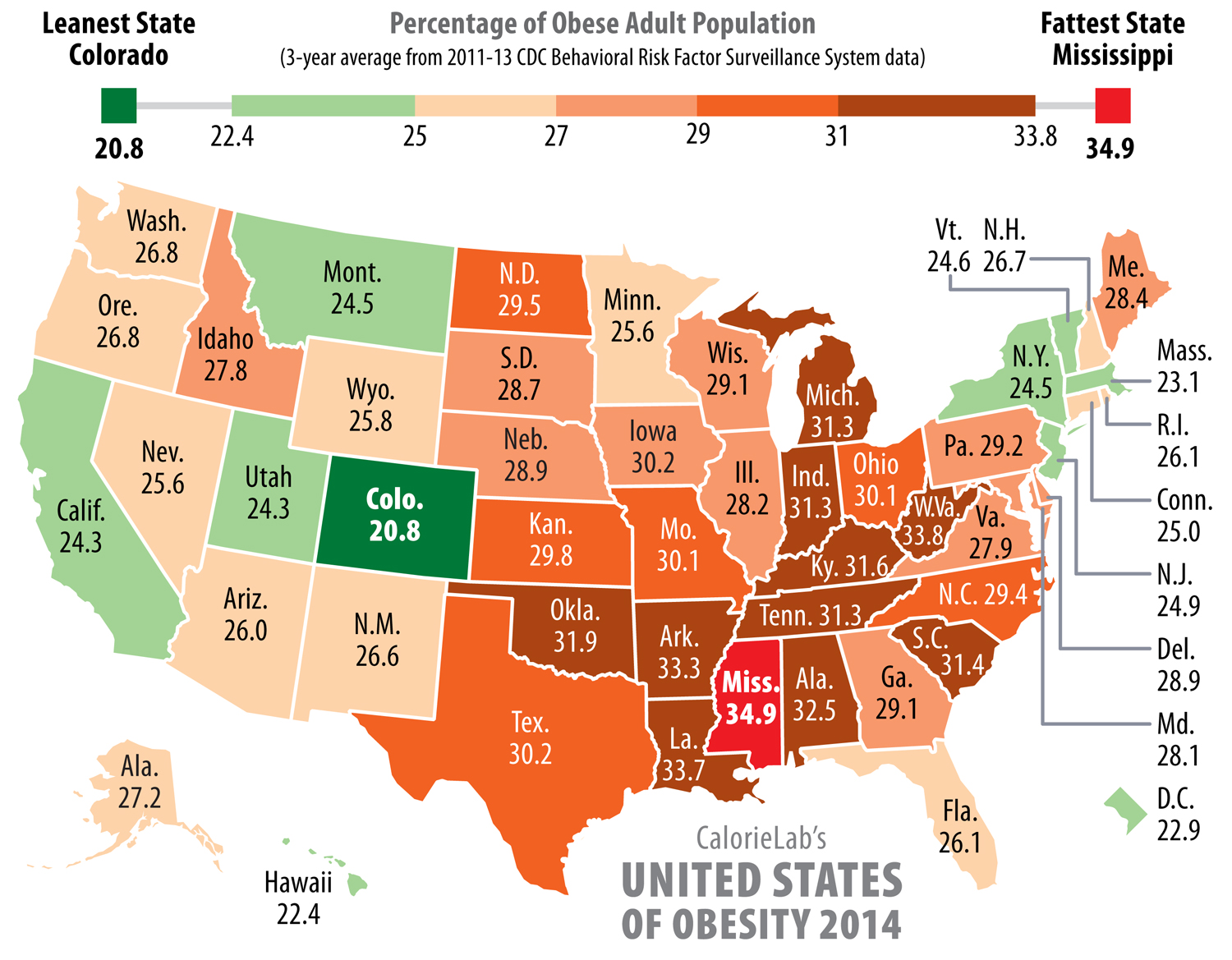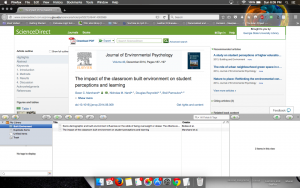February 1st Class Notes
***DISCLAIMER***
The notes I have taken are what I heard and how I interpreted it. These notes do not cover 100% of everything that was said in class and not word for word. Some things on here have the possibility to be wrong. I am only human.
Today in class we discussed:
- Sos Page.
- Annotated Bibliography Workshop
- Discussed Built Environment
SOS PAGE
- +5points for asking questions
- +10 for answering questions with link and helpful support.
How to add the SOS category to our sites:
- Go under Posts à Categories
- Under name type: SOS (All caps)
- Under slug type sos (undercase)
- Leave parent blank.
- Add description if you like and then press Add New Category.
Annotated Bibliography Workshop
Today we opened the rubric for the Annotated Bibliography.
Questions that arose:
Q: Does it have to be based on the readings?
A: No, it can be about the built environment in general, but it has to be related to the class.
Q: Does each set of annotated bib have to be about the same topic?
A: No, as long as its complete.
Q: Do annotated bibliographies have to be related to Atlanta?
A: No as long as its relevant to the built environment.
Q: How should we make a description about the annotated bibliography?
A: Go under link http://guides.library.cornell.edu/annotatedbibliography and use the one under MLA format to reference. You can quote, should be mostly in your own words. Paraphrase!
Q: Where does Zotero come into play?
A: Right now Zotero is extra credit for the time being. Will get into Zotero next week.
Q: How much to quote?
A: Quoting is fine as long as you provide support as to why the quote was chosen etc. Quoting should not take most of the Bibliography.
Notes while looking at an example of an annotated bibliography: http://sites.gsu.edu/dnorwood6/2016/02/01/bibliography-wilfried-wang/
- This post was correctly categorized.
- Complete and credible.
- Will get at least 25 Points because it meets the minimum.
- Few problems with format, but not enough to deter from being credible.
- Quotes are too long. Needs to be more selective.
- Writing is good (low spelling and punctuation issues).
- Organization is good.
- Score: around 35 points.
Discussed Built Environment
- Discussed personal experiences with the locations we picked.
- How is Atlanta different from New York?
- New York became a big city before we had cars. So it made sense to have a public transportation system. Atlanta was in the age of cars when it boomed, so it didn’t make sense to have a public transportation system. Why spend money on public transportation when you have cars?
Additional notes

